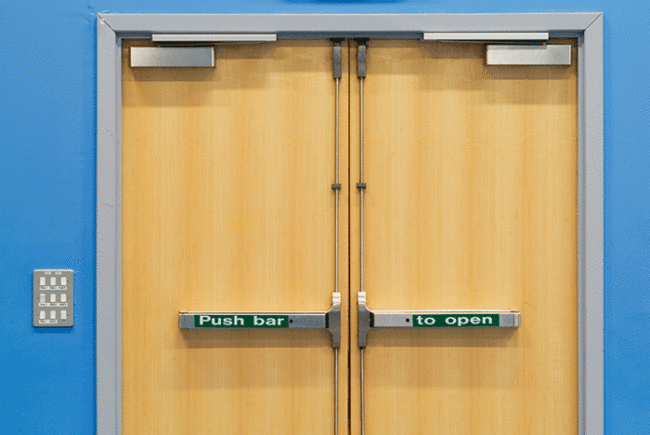Last fall, headlines asking if the United States would be ready should an Ebola epidemic reach its shores broke out across regional and national news outlets. The first laboratory-confirmed case of Ebola had been diagnosed and hospitals began implementing CDC-recommended precautions in case the virus began to spread.
Although the nation hasn't seen another Ebola case since last year and the threat in West Africa has decreased substantially, hospitals are keeping on their toes should Ebola or another epidemic arise. Now, an ongoing study is researching the resources hospitals have used in preparing for Ebola, and the challenges and benefits they have seen in doing so.
The study is being conducted by the Joint Commission, Department of Health Services Research in collaboration with researchers from Rhode Island Hospital and the Society for Healthcare Epidemiology of America.
"We're looking at what are the costs and benefits of the directives from the CDC that hospitals received to get ready for a possible outbreak of Ebola," explains Kenneth Rasinski, a project director at the Joint Commission. "One of the key things we're interested in is how much money hospitals expended, and we're hoping to get some kind of national estimate that we will try to break down by a few categories, such as academic hospital vs. nonacademic, large vs. small."
The study is timely in light of recent actions taken by Health & Human Services (HHS) to bolster the U.S. health system's ability to handle Ebola and other highly infectious diseases.
In June, it added nine regional facilities to its national network of Ebola treatment centers. Last week, HHS launched a National Ebola Training and Education Center. The center is a collaboration among HHS' Office of the Assistant Secretary for Preparedness and Response, the Centers for Disease Control and Prevention and three academic institutions — Emory University, University of Nebraska Medical Center and Bellevue Hospital Center.
"The ongoing Ebola epidemic in West Africa is proof that a threat anywhere can be a threat everywhere; the United States must continue to prepare," states CDC Director Tom Frieden, M.D. "Hospitals are often the first place where a new disease threat is recognized. This new center will help our hospitals and health care workers prepare to handle new threats and safely care for patients."
The Joint Commission began collecting hospital data for its study in June and will complete the process at the end of August. Rasinski says it is aiming for a sample size of 250 hospitals and is looking at both Joint Commission-accredited and non-accredited facilities. Results of the study will be available early next year.
"The primary objective is to find out how much money hospitals expended during this preparedness strategy, and there are other questions about how do they think it has benefited them and what were their challenges," Rasinski says.





